Did you know that the average person spends up to 6.5 hours of their day online?
That’s a whole quarter of their day. During that time, they’re doing everything from checking email to messaging friends to browsing social media to falling down proverbial rabbit holes about trivial information on Wikipedia.
If you’re lucky, their wide browsing will land them on your website. Maybe they’ll click around, curiosity piqued. Maybe they’ll look at your products or services.
But if they’re not ready to make a purchase at that very moment—then what?
In most cases, they’ll wander off and never return.
For digital marketers tasked with driving leads and sales, this is immensely frustrating. You spent a whole lot of time, thought, and money to optimize your site for conversions, but sometimes, visitors are simply not ready to bite.
That’s where retargeting ads come in handy.
Retargeting is one of the most effective methods for reeling in customers who fail to make a purchase the first time they come across your brand.
But there’s more to it than simply hitting past site visitors with a generic ad over and over again. In fact, there’s a bit of an art to creating effective retargeting ads.
* * *
How Do Retargeting Ads Work?
Retargeting is when a user visits your site and leaves, then sees advertisements for your brand on other sites, encouraging them to return. It’s a great way to get back in front of prospects who might need an extra nudge (or two or three…).
There are three crucial components to retargeting ads:
- A JavaScript snippet on your website (also known as a “pixel”)
- A retargeting provider to serve the ads
- The ads themselves
When a user visits your website, the pixel drops an anonymous cookie on their browser that signals that they’ve visited your site. As they move on and browse other sites, the ad provider can identify that cookie and dish up the appropriate ads.
The idea (in its simplest form) is that seeing your brand again and again will drive them back to your site, thus increasing the chances that they’ll be more ready to buy than the first time.
Retargeting has become more noticeable in recent years, with 3 out of 4 consumers noticing these ads popping up. Because of this uptick in visibility and the overall effectiveness of the strategy, 1 in every 5 marketers is now dedicating a portion of their advertising budget for retargeting campaigns.
Are you?
* * *
Why Should You Retarget?
Although retargeting isn’t very new at this point, 46% of search engine marketers believe that it’s the most underutilized technology in the industry.
But how effective is it, really?
Well, the numbers don’t lie.
The average display ad sees a click-through rate of 0.07%. Retargeting ads see a click-through rate of 0.7%, making it 10x more effective than traditional advertising.
In fact, retargeting increases the likelihood of a conversion by a whopping 70%.
Some businesses have reservations about retargeting, naturally, fearing that some users may find it creepy or invasive. However, 30% of consumers actually have a positive reaction to retargeting ads, while only 11% feel negatively about them.
As far as advertising tactics go, retargeting is a no-brainer for most industries. But as we said, there’s more to it than serving the same ad to everyone who has ever been to your site.
So, how do you craft a retargeting campaign that actually works?
* * *
1. Determine Your Audience
It’s important to understand who you’re trying to draw back to your site in the first place. Otherwise, you’ll be shooting in the dark—and wasting money.
Retargeting can cast a large net to try and pull everyone who’s ever visited your site back in, but not all of them will be qualified prospects. Some might have hit your site by accident while searching for something else; others might be your competitors scoping you out.
That’s why, as with any other type of marketing campaign, segmentation is crucial.
When setting up your retargeting campaigns, specific groups of people can be isolated based on a host of different factors. You can segment based on things like:
- Geographic location, income, or interests
- What they viewed on your website and for how long
- When they visited your site (e.g. last 30 days, last 60 days, etc.)
- Purchase-related behaviors like cart abandonment
For example, if you offer a wide range of technology solutions to businesses and have your pages split up by industry, you can create retargeting ads for users with specific messaging related to the solution they were checking out and their industry.
This enables you to personalize your retargeting ads and make them more relevant, thus increasing the chance of a qualified click-through.
2. Choose Your Channels
When you’re trying to retarget the right website visitors, it’s important to choose the right channels for your ads. The better you understand your buyer personas and their habits, the better you can zero in on where they’re most likely to go next.
There are a number of channels for retargeting ads, including:
- Relevant and related websites
- Social media (Facebook, Pinterest, YouTube, etc.)
- Mobile apps
Some of these channels feature their own robust tools for setting up retargeting ads, including their own tracking pixels that you can drop into the code of your site.
Google Ads, unsurprisingly, is one of the most powerful tools at a marketer’s disposal, allowing you to set up retargeting campaigns that can reach audiences across a wide range of sites and apps.
If you’re aiming to create a cross-channel retargeting campaign, this is a great place to start.
Of course, you can also drill down to specific social media platforms if that’s where you know your audience spends their time.
Facebook and Instagram serve B2C industries particularly well. Dropping the Facebook pixel on your site allows you to not only identify and target past site visitors via a Custom Audience, but target lookalike audiences that may also like what you have to offer.
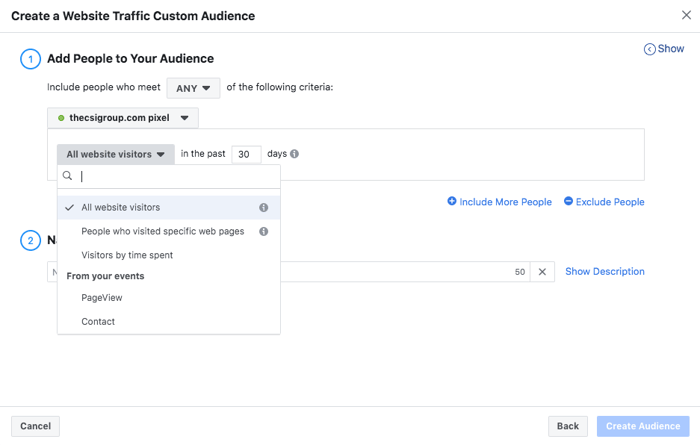
For B2B industries, naturally, LinkedIn offers its own ad tools that include the ability to create a retargeting audience once you’ve placed the LinkedIn Insights tag on your site.
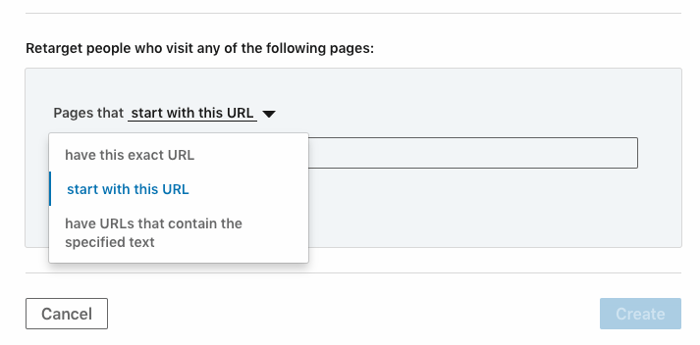
Alternatively, you can leverage other ad providers like AdRoll, which connects to over 500 ad exchanges (including Google, Facebook, Twitter, and the like) across multiple device types. This allows you to target everything from related websites to social media platforms to mobile apps.
Providers like this rely on programmatic technology to serve ads—but remember, this type of tech isn’t always set-it-and-forget-it.
3. Target Specifically
In case it hasn’t sunk in yet, you never want to retarget generally. As with most marketing plans, you want to be able to select your target audience based on a number of criteria.
For starters, what are their interests? Target them through their interactions with similar brands, activities, and any hobbies that they might have.
As mentioned before, you can also target based on the behavior of your audience. A lot can be gleaned by examining the paths people take through your site and various channels. Determine where they are in the buyer’s journey and speak to that.
Send your retargeted users to specific landing pages based on these criteria. Someone who is looking to buy right away would be taken to a page where they can instantly convert. People who are still in the consideration stage can go to the Knowledge Base section of your site.
B2C brands can pull customers back to the specific products that they were looking at. If you’ve ever shopped online, especially on Amazon, you’ll probably notice that you can’t seem to escape ads for the items you’ve recently viewed.
If you’re on the B2B side, you could retarget prospects with specific pillar pages, blog articles, or landing pages related to what they were reading on your site. Entice them to click with more information and (of course) a powerful call to action.
4. Customize Your Ads
As you can see, you can target a range of different segments of your audience. The next step, naturally, is to create specific ads for each of them for a more personalized experience.
You can do this by using different messaging and imagery based on where the prospect is in the buying process or what they viewed on your site. Your copy should combat sales objections that may have turned them off during their last visit.
Remember, these users already know who you are, so you don’t have to explain everything from scratch. Instead, use this opportunity to address specific concerns and remind them of your products or services.
Take this HubSpot ad on Facebook for example:
Instead of pushing out a generic ad, HubSpot determined what reservations website visitors who didn’t convert might have (“I don’t have the time to set up a new CRM”), identified a benefit to their solution (124 hours is a lot of time saved!), and customized accordingly.
Sometimes, cost alone is a barrier to purchase. A product can be perceived as too pricey, or users might feel like they can get a better deal elsewhere. What better way, then, to draw them back in than with a coupon offer, as seen in this Bombas ad on Instagram?

You can figure out what objections are standing in the way of conversions with a tool like Hotjar, which allows you to watch actual recordings of user sessions and provides heat maps so you can see exactly where folks are dropping off. You can also chat with your sales team about the most common hesitations they hear about from prospects.
Based on these insights, you can then craft your ad creative in a way that will speak immediately and specifically to your audience, whether that means instilling a sense of urgency, offering enticing discounts, or providing problem-solving solutions.
* * *
Conclusion
Customers who peruse your site and then leave are not lost causes. They could very well be some of the hottest leads you haven’t connected with yet. With a well-targeted and well-planned retargeting campaign, they can be properly convinced to return to your site and convert.
By employing these four tactics, you can ensure that you’re maximizing your efforts to drive return traffic to your site and close sales that might have been otherwise lost. Don’t miss out on the opportunity!
.png?width=250&height=153&name=CSI-OverskiesRebrand_LOGO-01(smaller).png)

.png?width=100&height=61&name=CSI-OverskiesRebrand_LOGO-01(smaller).png)


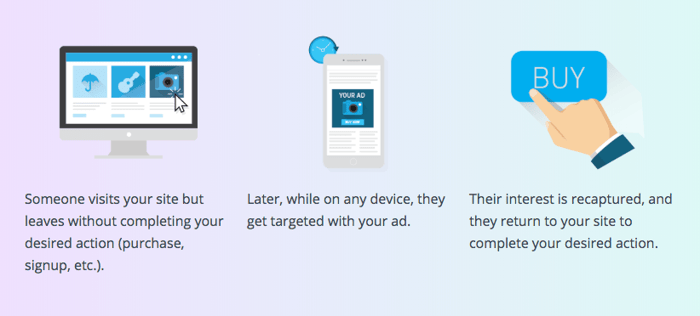
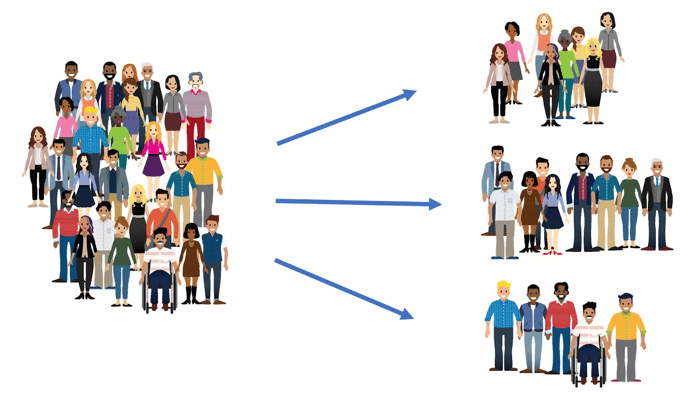
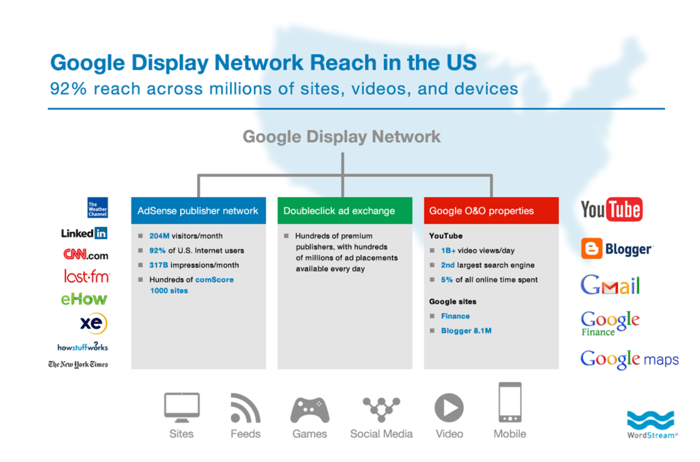
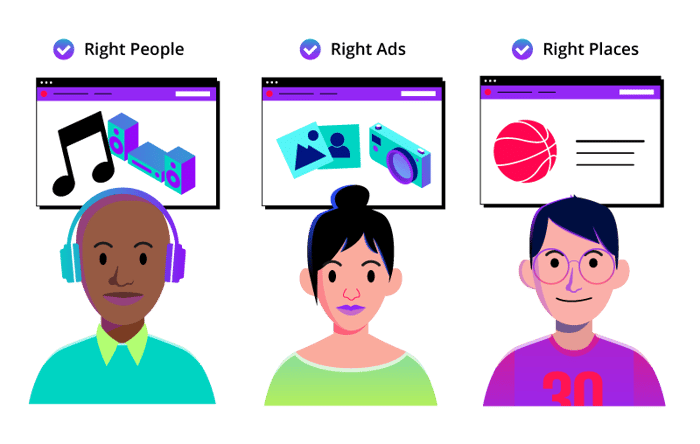
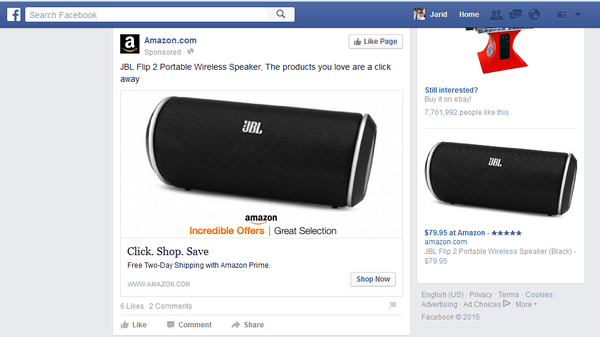
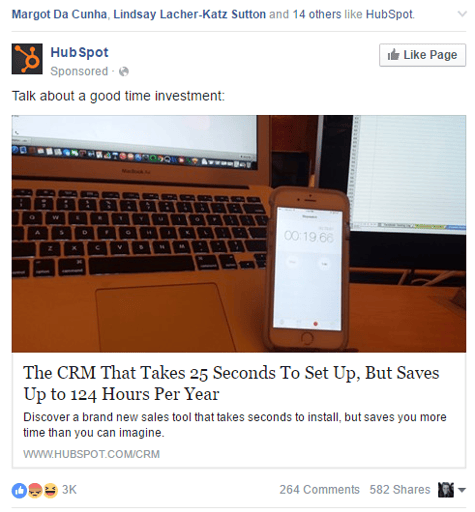
.png?width=88&name=CSI-OverskiesRebrand_LOGO-01(smaller).png)



